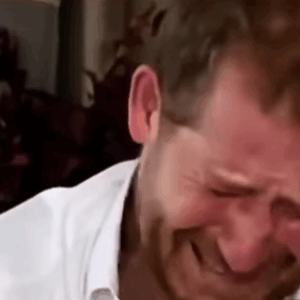He arrived at practice that afternoon with a bright smile, joking easily with his teammates, sharing his plans for the upcoming season, and radiating the kind of energy that made coaches and friends alike take notice. His laughter echoed across the field, blending with the sounds of cleats striking turf and the rhythmic bounce of soccer balls. For a moment, it seemed like any other day of practice—full of promise, routine, and youthful optimism.
But within minutes, the ordinary turned terrifying. The 14-year-old mentioned a strange, growing pain, a sensation that initially seemed minor but quickly escalated. Coaches, initially concerned but composed, soon realized that this was far from routine. The boy was swiftly pulled from the field as fear rippled through the team, replacing the day’s laughter with a tense, anxious silence. Paramedics arrived, working frantically to stabilize him, while nearby spectators and parents looked on, their own panic mirroring the uncertainty on the coaches’ faces. Doctors, racing against time, sought answers to a situation no one could have anticipated. And in the stands and sidelines, a devastated family waited, clinging to hope even as reality made clear that the news they would receive could never be the one they had prayed for.
The suddenness of this loss has left an indelible mark on the community. Shock and grief ripple not only through his immediate family and teammates, but also across neighbors, friends, classmates, and the extended network of coaches, teachers, and community members who had watched him grow on and off the field. In the days and weeks ahead, the community will navigate a delicate balance of mourning and remembrance, seeking to support those closest to him while honoring his memory in meaningful ways. The process of grieving is deeply personal, and there is no single timetable: some will find solace in sharing stories, others in quiet reflection, and yet others in collective gatherings that allow the weight of loss to be acknowledged together.
Authorities continue to review medical findings, with specialists examining every detail to better understand the circumstances surrounding this young life cut tragically short. While answers may eventually emerge, the focus for now remains on compassion and care rather than speculation. The community is choosing unity over rumor, reflection over blame, and remembrance over despair. Plans for a memorial at the stadium, a place where he played, laughed, and chased his dreams, are underway. This space will allow friends, teammates, and family to come together, honoring his passion, humor, and boundless love for the game.
Even in death, the stories shared by those who knew him best—coaches recalling his work ethic, friends remembering his jokes and playful spirit, and family recounting private moments of pride and love—will preserve his legacy. He will be remembered not only for the tragedy of his passing but for the fullness of his life: the energy he brought to every practice, the smiles he shared, the dedication he showed to his sport, and the light he shone in the hearts of those around him.
In time, the collective memory of this young player will become a source of inspiration for those who remain. His courage, joy, and passion for life and sport will serve as reminders to cherish each day, to support one another in moments of sorrow, and to celebrate the vibrancy of youth whenever it touches our lives. By embracing his story in its entirety—the laughter, the dreams, and even the suddenness of his passing—the community can ensure that his presence, though gone, continues to resonate for years to come.





